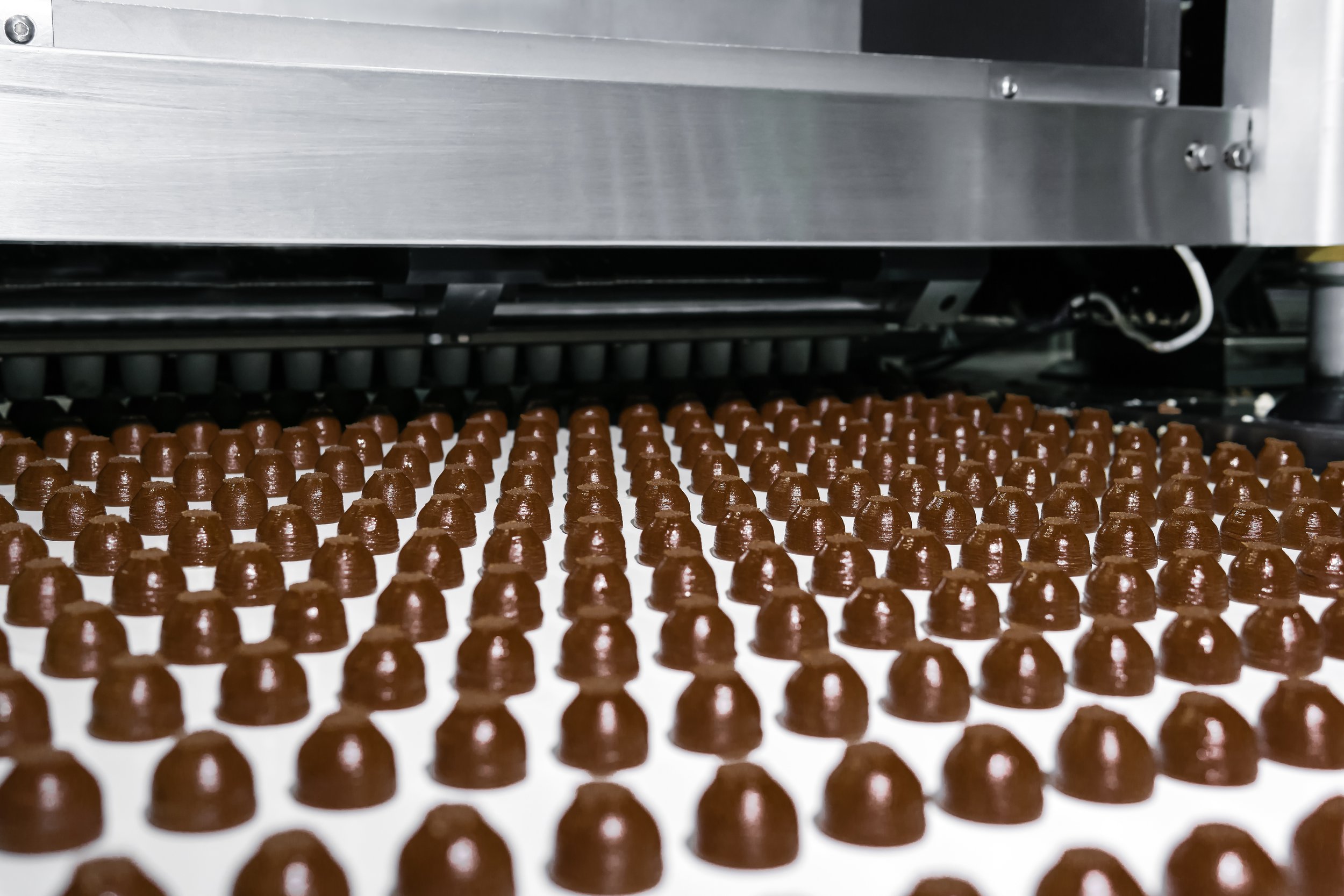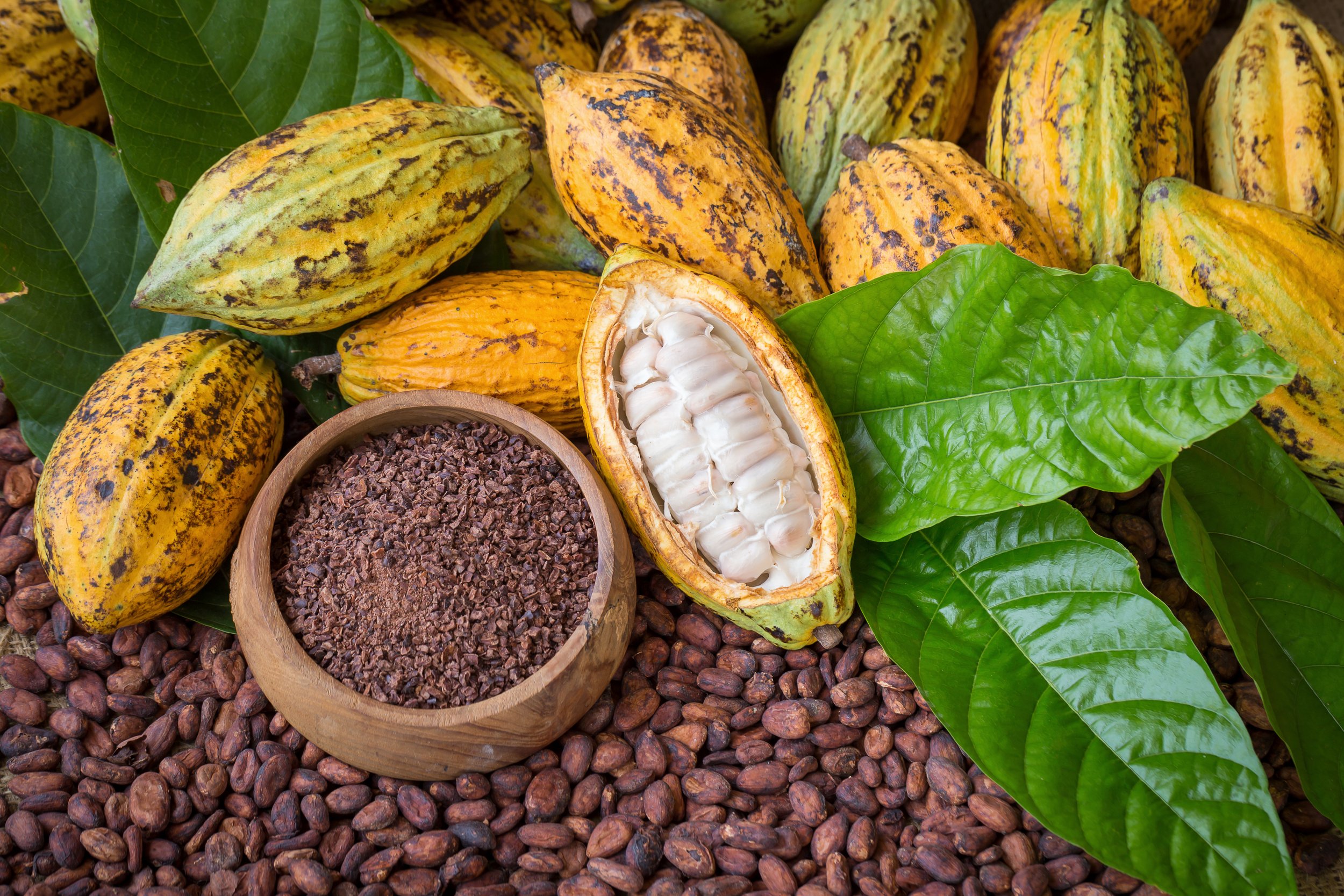New Report Details Simple, Safe, and Low-Cost Solutions to Reduce Levels of Lead and Cadmium in Chocolate
We all love chocolate! So we were devastated when our test results showed that our favorite indulgence actually contained toxic levels of lead and cadmium, heavy metals known to cause birth defects and other health problems. After eight years of diligent work, the environmental health team at As You Sow, in collaboration with the chocolate industry, has found some simple, safe, low-cost solutions to remove much of the toxic lead found in chocolate. Today we’re publishing the results of our 381-page report to raise awareness on this critical issue and to provide chocolate manufacturers with ways to remove these dangerous toxins from our diets.
The groundbreaking 381-page report called “Expert Investigation Related to Cocoa and Chocolate Products,” is the culmination of a three-year research effort by four world-renowned experts. It not only identifies how lead and cadmium find their way into chocolate, it also identifies “15 high confidence strategies to reduce cadmium (Cd) and/or lead (Pb) in chocolate products . . . .”
The process to get here was long, and the study is quite technical, so here is a concise history of where we’ve been, what we have accomplished, and how to navigate the report.
The Problem . . .
This unique joint effort started in 2014 when As You Sow’s environmental health team tested hundreds of chocolate bars and found that unfortunately many contained lead and cadmium at levels that our scientists assessed were dangerous enough to require warnings to consumers under the Proposition 65 Toxic Enforcement Act. The lab results became the basis of Proposition 65 notices that As You Sow filed with over 20 companies including Trader Joe’s, Hershey’s, Mondelēz, Lindt, Whole Foods, Kroger, Godiva, See’s Candies, Mars, Theo Chocolate, Equal Exchange, Ghirardelli, and Chocolove for failing to warn consumers that their chocolate products contained cadmium or lead, or both.
After several years of litigation, negotiations, and additional testing by industry and As You Sow, the parties agreed to a settlement in which As You Sow, in conjunction with the National Confectioners Association and leading chocolate manufacturers, agreed to undertake a multi-year study, performed by mutually agreed upon experts, and funded by industry to understand the root causes of, and ways to feasibly reduce, the heavy metals in chocolate.
The report is broken into three main sections: Root Cause Report, Reductions Recommendations Report, and Warning Triggers Report. The 381 pages are highly technical so it’s best to look at the Executive summary (report page 1 / PDF page 6) followed by two pages statement by each of the four experts starting on report page 5 / PDF page 10.
The research for this comprehensive report spanned three years and took the four experts around the world to document, collect data, and do analysis on every step of the chocolate making process: cultivating, harvesting, processing, and manufacturing.
A Solution: A Short Guide To The Study . . .
The Experts: Leaders in the Industry
These four experts were chosen by both As You Sow and the Chocolate industry.
Tim Ahn: Global expert with 35 years in the chocolate industry and in charge of chocolate quality and food safety at Lloyd’s Registry (bio report page ii / PDF page 3)
Rufus Chaney: Senior Research Agronomist for 47 years at the USDA, and a PhD in biochemistry. Expertise in root structure and how plants uptake metals (bio report page ii / PDF page 3)
Michael DiBartolomeis: Toxicologist with a PhD and over 38 years of evaluating chemical exposure from Prop 65 listed chemicals (bio report page iii / PDF page 4)
Gideon Ramtahal: A PhD scientist in Analytical Chemistry at the University of the West Indies with global experience working on heavy metal contamination and a focus on cocoa beans (bio report page iii / PDF page 4)
Three Report Phases
The comprehensive report has three sub-reports, each with its own attachments and references.
A Root Cause Report identifying sources of metals in chocolate: PDF page 48
A Reductions Recommendation Report highlighting feasible reduction strategies: PDF page 148
A Warning Triggers Report providing analysis and comments on reducing the level of metals: PDF page 322
Among the major findings
Lead and Cadmium have very different contamination patterns and sources. Cadmium (Cd) is taken up by the roots of the cacao trees and deposited in parts of the fruits. Mitigating this contamination includes changing the Ph of the soil, switching out tree stocks, reducing metals contamination from fertilizers and other inputs including water.
Lead has a more surprising origin. Lead contamination occurs from lead contamination at various stages of cacao production including the handling stage when cacao beans are removed from the pods, which are covered in very sticky mucilage, and fermented and dried often on the ground or on the side of the road. The origins of lead are generally human caused and may arise from the burning of leaded gasoline and diesel fuel, from leaded paint, the burning of plastics and/or garbage, the operation of smelters and other industrial processes, use of fertilizers, and emissions from coal-fired power plants, among others. Lead moves through air and gets mixed with dust particles ending up on the ground adhering to the sticky beans. These lead particles are primarily introduced during the harvesting, drying, and fermenting processes, and remain on the chocolate beans during transport to manufacturers, where they can contaminate chocolate batches during other manufacturing steps, including from deshelling and other handling processes.
Five High-Confidence Solutions
(For full list see Report page 17 / PDF page 22)
Exporters - stop purchasing beans from regions with high cadmium.
Farmers - stop planting new orchards in regions with high cadmium.
Use soil amendments to increase soil pH.
Prevent lead contamination of beans during fermenting and drying.
Establish bean cleaning/winnowing QA practices for lead contamination.
Next Steps: Accountability
Now that the report has been finalized and made public, we are working with the chocolate manufacturing community to use the information to develop next steps to reduce lead and cadmium in chocolate. Since the contamination routes for lead and cadmium are different, the solutions will be different. Since lead contamination is a result of the deposition of aerial and soil based lead on sticky beans, the solutions can be implemented fairly quickly by modifying the harvesting, drying, and fermenting processes – e.g., keeping sticky beans off the ground and protected from lead-laden dust. Manufacturing processes can also be modified to keep chocolate batches from being contaminated by leaded dust.
Cadmium reductions can be achieved immediately by blending high-cadmium beans with low-cadmium beans. Methods that amend soils to prevent trees from taking up cadmium in soils, and changing out tree stocks to those that are less likely to uptake cadmium, will take longer and can be implemented over time.
As You Sow and the chocolate industry are working together to create a feasible plan for achieving heavy metal reductions in chocolate. We will keep the public in the loop on progress made!


